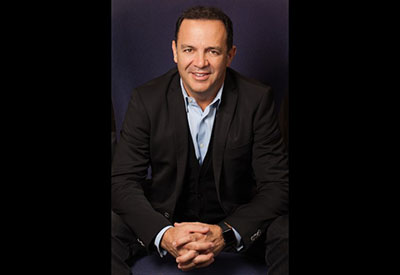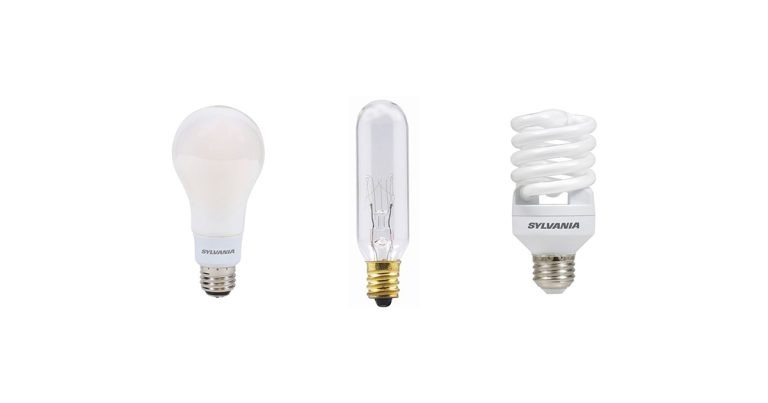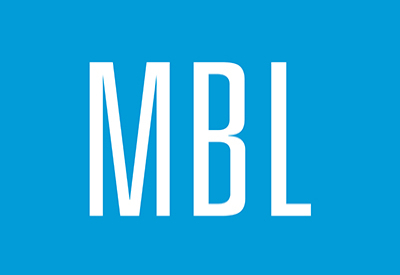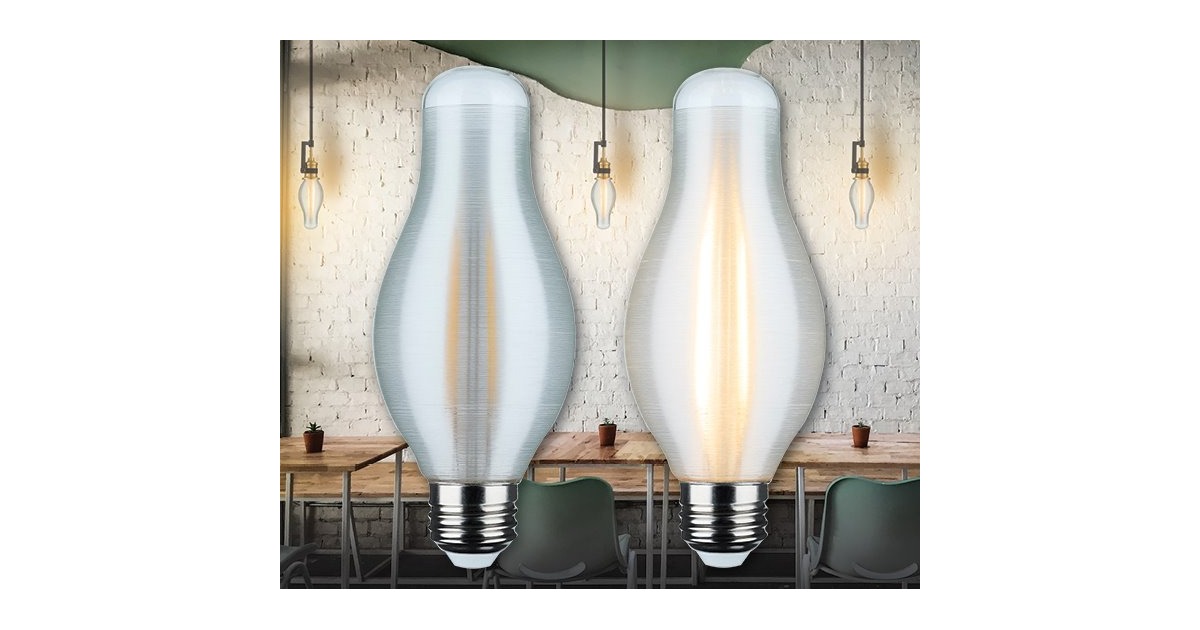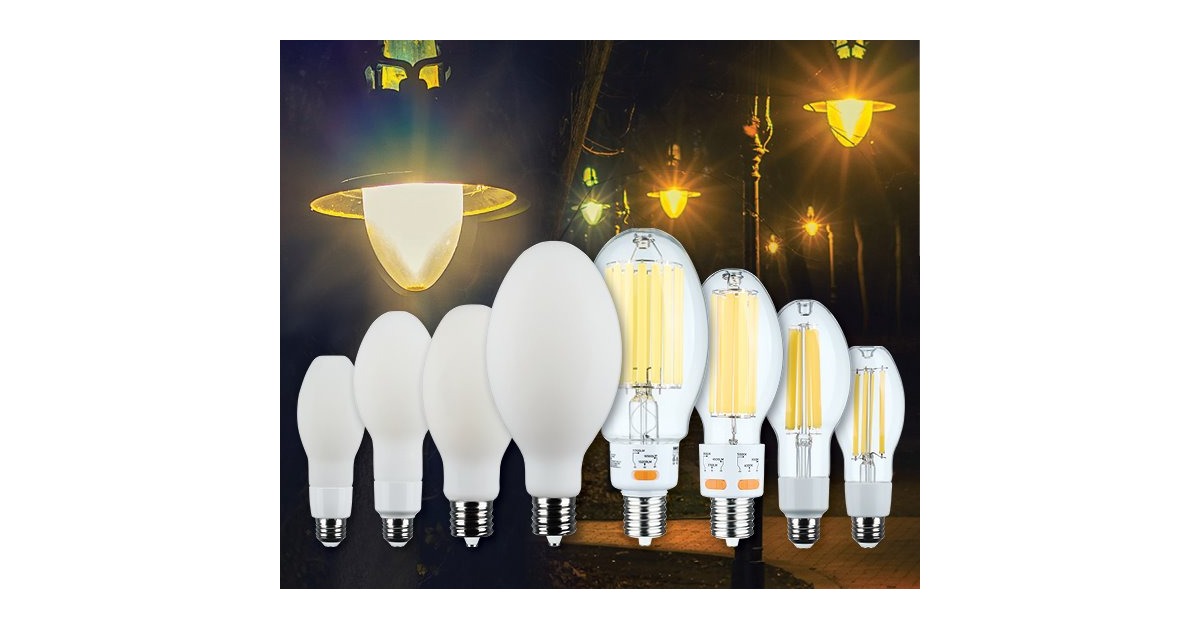Realizing the Wonder of Light
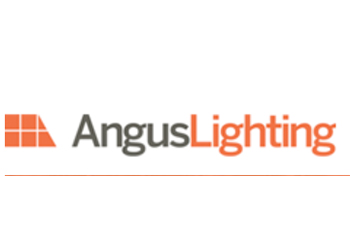
Angus Lighting defines itself as a source of cutting edge, innovative, exciting and award-winning lighting design. For over 30 years, this industry leader in specialty lighting has been collaborating on the creative and technical requirements of the architect, designer and engineer to deliver architectural lighting solutions.
Angus Lighting’s design philosophy is founded in the belief that lighting enhances the human environment. Taking on each project with a combined sensibility of artistry and creative discipline and technical competence, their focus is the visual environment and its relationship to the human experience. Lighting design must appropriately balance aesthetics and function.
The art and science of lighting design must consider the needs and schedules of occupants, seasonal and climatic daylight changes, and the impact on the building’s mechanical systems. One must look at concept, mood, glare issues, brightness needs, and all factors which might affect the user experience. Angus Lighting developed proprietary software to analyzes lumen output and uses plot rendering to maximize lighting effectiveness.
As clients look increasingly to designers to plan for long term lifecycle operational efficiencies, Angus Lighting has made a commitment to sustainable design, to light source efficiency and longevity, and to energy-conscious solutions. These are the natural outcomes of superior design.
Angus Lighting projects honoured with 3 Edwin F. Guth Awards
The IES Toronto Section presented three prestigious Edwin F. Guth awards to Angus Lighting for the Queen’s University School of Medicine in Kingston, ON, the Royal Victoria Regional Health Centre in Barrie, ON and University Health Network’s Toronto General Hospital Melanie & Peter Munk Patient & Family Library.
This award for interior lighting design is named in honour of Edwin F. Guth, founder of the St. Louis Brass Company in 1902. During his lifetime, he held 147 patents relative to the electric lighting industry.
Descriptions of two recent projects appear below.
University of Toronto Leslie L. Dan Faculty of Pharmacy
Signature ‘floating’ pods* anchor the lighting design for this dramatic five-storey atrium. The theatre-inspired lighting design by Claude Engle was implemented in collaboration with Angus Lighting. The lighting is computer controlled by a dimming system that changes the evening lighting every 15 minutes. Rather than attach luminaires to the pods themselves, which would have compromised the architect’s vision, the dramatic lighting comes from 128 – 375 watt and 300 watt quartz halogen lamps attached to black theatre pipes mounted on the vertical mullions. The fixtures can be moved up or down and become part of the spatial experience. At dusk, the pods mimic the setting sun, bursting with fiery reds and deep blues. Colours advance through a palette of hues, starting with one pod and flowing to the other.
In other parts of the building, a 12-storey central atrium brings sunlight deep into the core. For the upper perimeter, a high window system enables less expensive, concealed wall-wash lighting. Echoing the geometry of the interior architecture, LEDs were fixed into the handrails of hallways and bridges for emergency lighting.
*Fun Fact: March 2009, Toronto Star, “The Faculty of Pharmacy lighted pods are Reason #113 in ‘175 Reasons to Love Toronto’”
North Bay Regional Health Centre
The innovative architecture of the site was ideal for showcasing dramatic building features, but it also presented the challenge of lighting vast public areas without creating glare. The solution was to create layers of lighting. Indirect 400 watt pulse start metal halide luminaires highlighted the space as well as the warmth of natural wood materials. Wall mounted luminaires were installed above public sightlines. 200 watt pulse start metal halide multi-tier pendants were mounted lower to provide most of the ambient lighting, requiring lamps to be obscured from all sightlines. They also act as prominent design features at night.
LEDs and fluorescents provide both task and ambient lighting. Energy efficient LED lighting for patient rooms helps reinforce circadian rhythms. Fluorescent post-top mounted luminaires flow through the space, enhancing the theme of street lighting. All luminaires were selected to be easily maintained, in some cases with remote mounting ballasts.
Find out more: www.anguslighting.com


